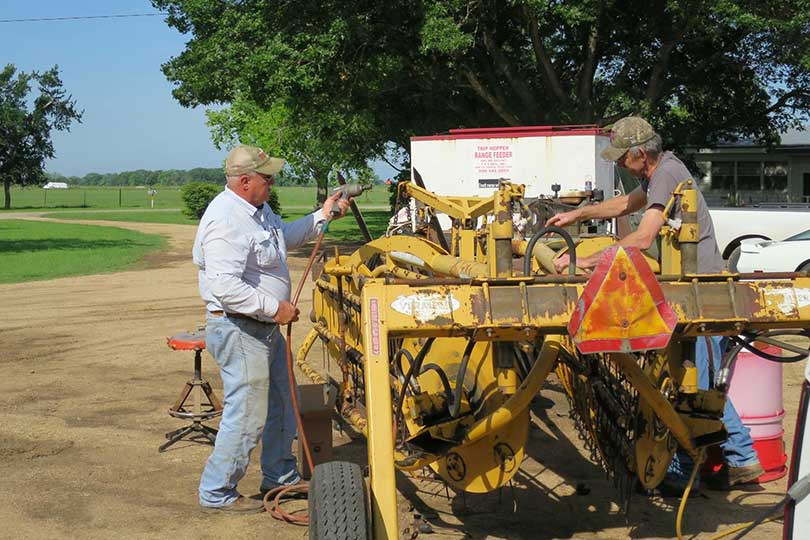By Jessica Domel
Multimedia Reporter
Texas farmers are paying less for feed, rent, seed and other expenses, according to a new report from the U.S. Department of Agriculture (USDA).
Total Texas farm production expenditures were estimated down $230 million to $23.9 billion in 2016, according to the data from USDA National Agricultural Statistics Service (NASS).
The largest decrease in cost was in the sector with the largest cost—livestock and poultry related expenses.
Texas farmers spent $50 million less on livestock and poultry related expenses in 2016. Total expenditures are estimated at $5.67 billion.
The average spent per farm was $23,478 in 2016.
Feed expenses were the second most expensive item surveyed at $4.56 billion statewide. That’s up two percent from 2015.
The average spent per farm in 2016 was $18,882.
Farm services made up 11 percent of total expenses last year with an average of $11,387 per farm. The statewide cost is estimated at $2.75 billion.
The total average production expenditures for a Texas farm in 2016 was $98,965, which is slightly lower than 2015.
Total production expenses for the states in the NASS Plains Region, which includes both North and South Dakota, Nebraska, Kansas, Oklahoma and Texas, were $89 billion in 2016. That’s down $4.5 billion from 2015.
Texas farmers ended up spending less than other farmers in the Plains region.
Average livestock and poultry related expenses for the Plains region averaged $42,690 per farm.
Those expenses contributed the most to total production expenses for the area at $20.9 billion. That’s down 10.4 percent from 2015.
The average feed cost for Plains region farmers was $23,342. For the region, those costs added up to $11.4 billion, which was down $750 million over the year.
Farm services averaged $18,939 in the Plains region. Total expenditures for the region totaled $9.25 million.
The average production expenditures for the Plains region were $182,248 in 2016. That’s $83,283 more than the Texas average.


I don’t know where they get there information, cotton farmers paid more for cotton seed, more for chemicals and parts at the tractor dealership was more than last year.